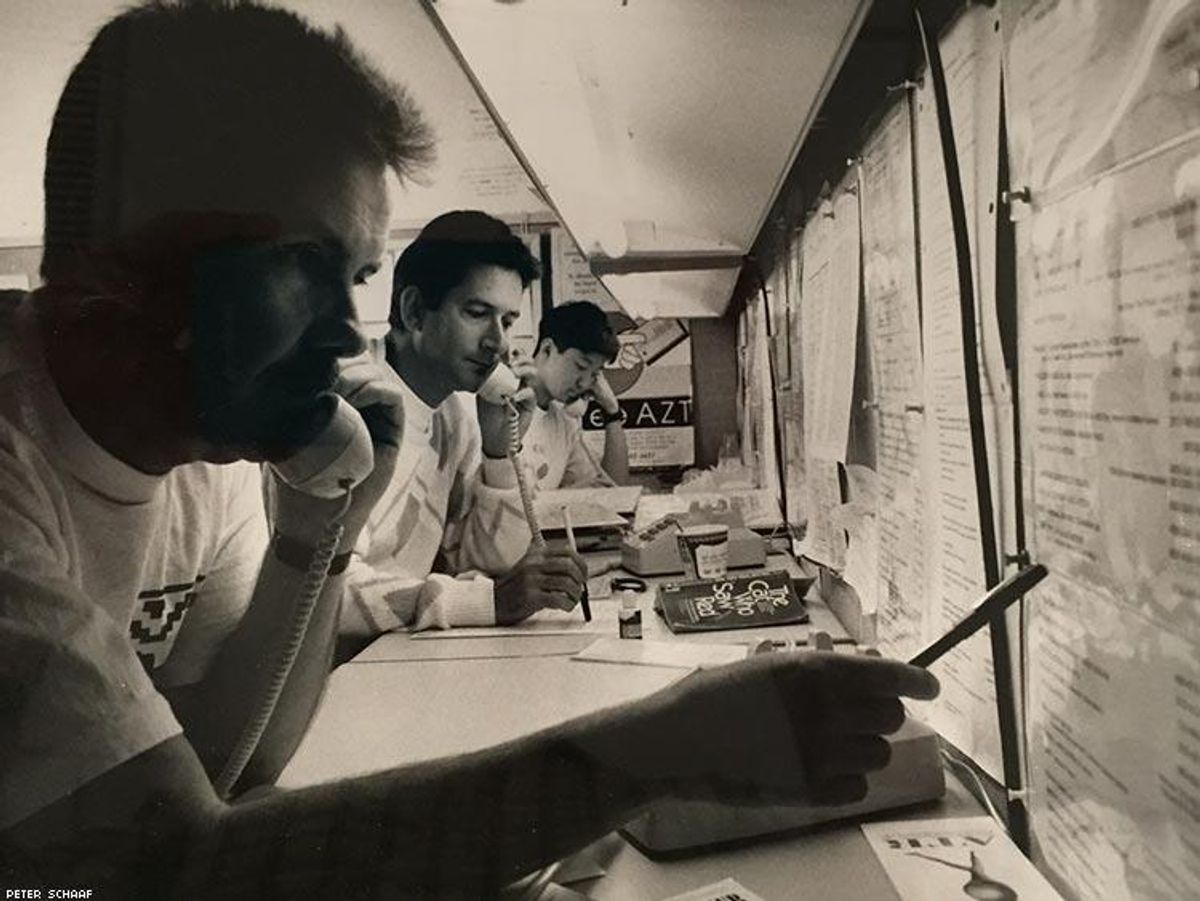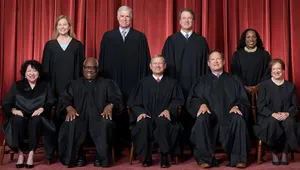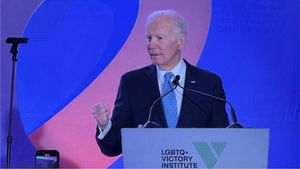August 11, 1981 — 35 years ago to this day — was a day like no other. Fear was spreading rapidly since The New York Times published the first article about AIDS, titled "Rare Cancer Seen in 41 Homosexuals,” July 3 of that year. There is no way to put into words how hard and scary it was to be a gay man during that time. So on August 11, 1981, a group of brave men gathered in Larry Kramer’s living room, and together they set a course to change history.
Choosing hope and strength over fear and helplessness, they passed around a hat and collected $7,000 to fight this rare cancer. Soon Gay Men’s Health Crisis, the world’s first AIDS service organization, was born with a mission of fighting to end the AIDS epidemic and uplifting the lives of all affected.
The first service provided by the organization was the hotline, which began as an answering machine in the apartment of a volunteer, Rodger McFarlane, who later became the organization's second executive director. On the first night, 100 calls were received. Some of the questions required the help of medical, legal, and other professionals to answer. As there was no social service agency to which GMHC could direct these callers, it created the patient services division to provide further help.
As the current chief executive officer of GMHC, I look at the history of this organization and equate it with the start of the AIDS epidemic, both of which happened 35 years ago. I am still in awe at the time, energy, and dedication activists spent fighting this disease and caring for their loved ones. Going forward, what concerns me most is the current sense of complacency around HIV and AIDS. I fear that with tools like the HIV prevention strategy PrEP and the success of antiretroviral treatment, there is a lackluster willingness to fight in the same way AIDS activists fought at the beginning of the epidemic.
Given the fact that the United States still sees 50,000 new HIV infections every year, and has for the last decade, this is no time for complacency.
Many of the same problems GMHC’s founders encountered in the 1980s are still problems today. Stigma and discrimination remain rampant against those living with HIV and AIDS as well as those most affected by the disease, most notably transgender women and young men of color who have sex with men. We still do not have a cure. And not everyone has access to universal, quality, affordable health care that includes mental health care and affordable prescription drug coverage.
At GMHC, we are doing our part each and every day to help end the epidemic. Last year we served 10,000 clients from across New York City who were living with or affected by HIV and AIDS. We provided 3,000 HIV and sexually transmitted disease tests, maintained a 90 percent viral suppression rate among those who tested positive, served 80,000 hot meals, and opened a newly renovated youth space. We are currently in the process of opening new mental health and substance abuse clinics to stem these major drivers of the epidemic and meet the growing mental health crisis in this country.
Maybe it is because of all the amazing work AIDS service organizations and our partners in government do across the country, but I remain optimistic about finally putting an end to this epidemic, once and for all.
Who would have ever thought that one day we would see the Food and Drug Administration approve an HIV prevention drug? Truvada, approved for use as pre-exposure prophlaxis (PrEP) in 2012, has been shown to reduce the risk of getting HIV from sex by more than 90 percent when used consistently. In the fall, the seventh major HIV vaccine efficacy trial will begin. And we now know that having an undetectable viral load greatly lowers your chance of transmitting the virus to sexual and drug-using partners who are HIV-negative.
These are all realities that no one could have ever imagined August 11, 1981.
But if we become complacent, our progress will become stagnant. We are nearing the last leg of this epidemic, and we must get ready to sprint to the finish line as a tribute to the 35 million we have lost to the epidemic in the world and the seven men who gathered in Larry Kramer’s living room in 1981.
[RELATED: Gay Men's Health Crisis: A Visual History]
KELSEY LOUIE is the CEO of Gay Men’s Health Crisis.








































































